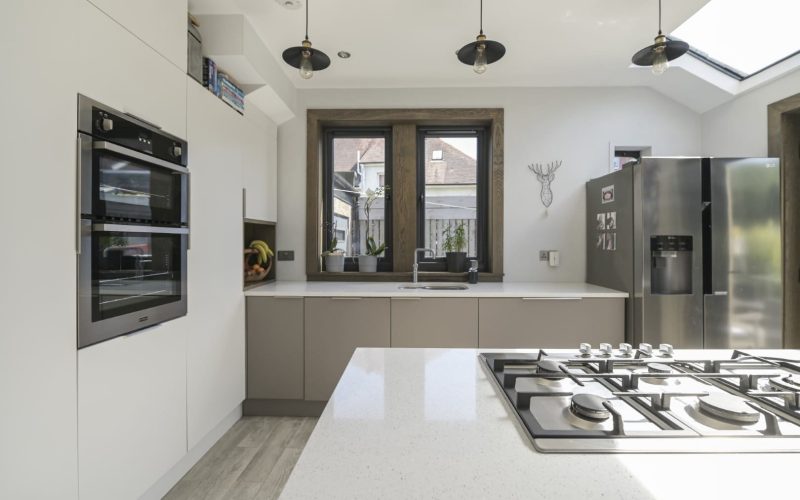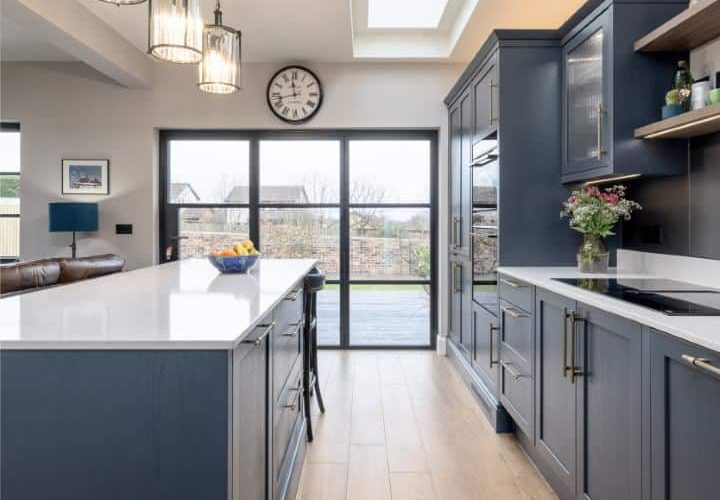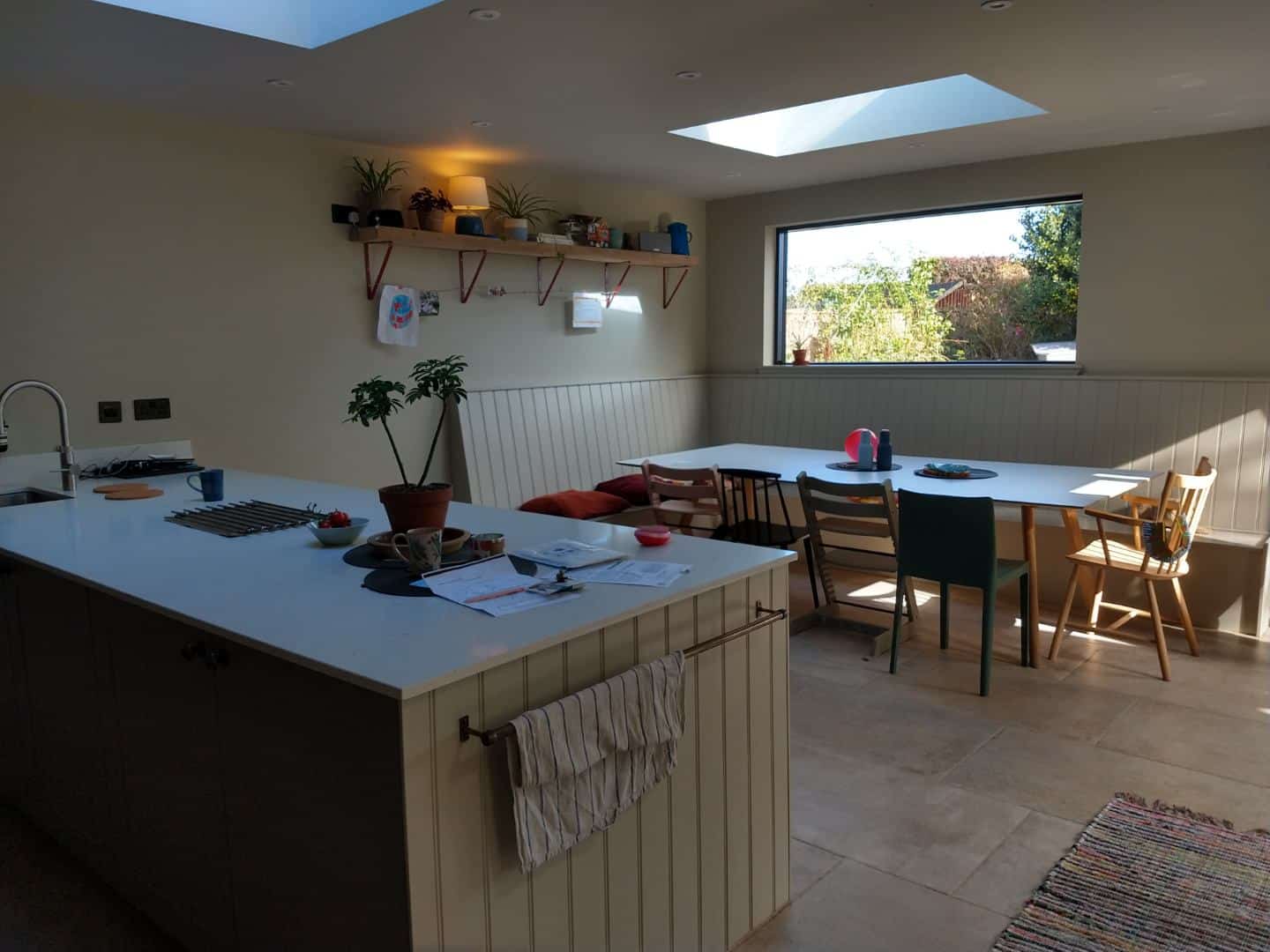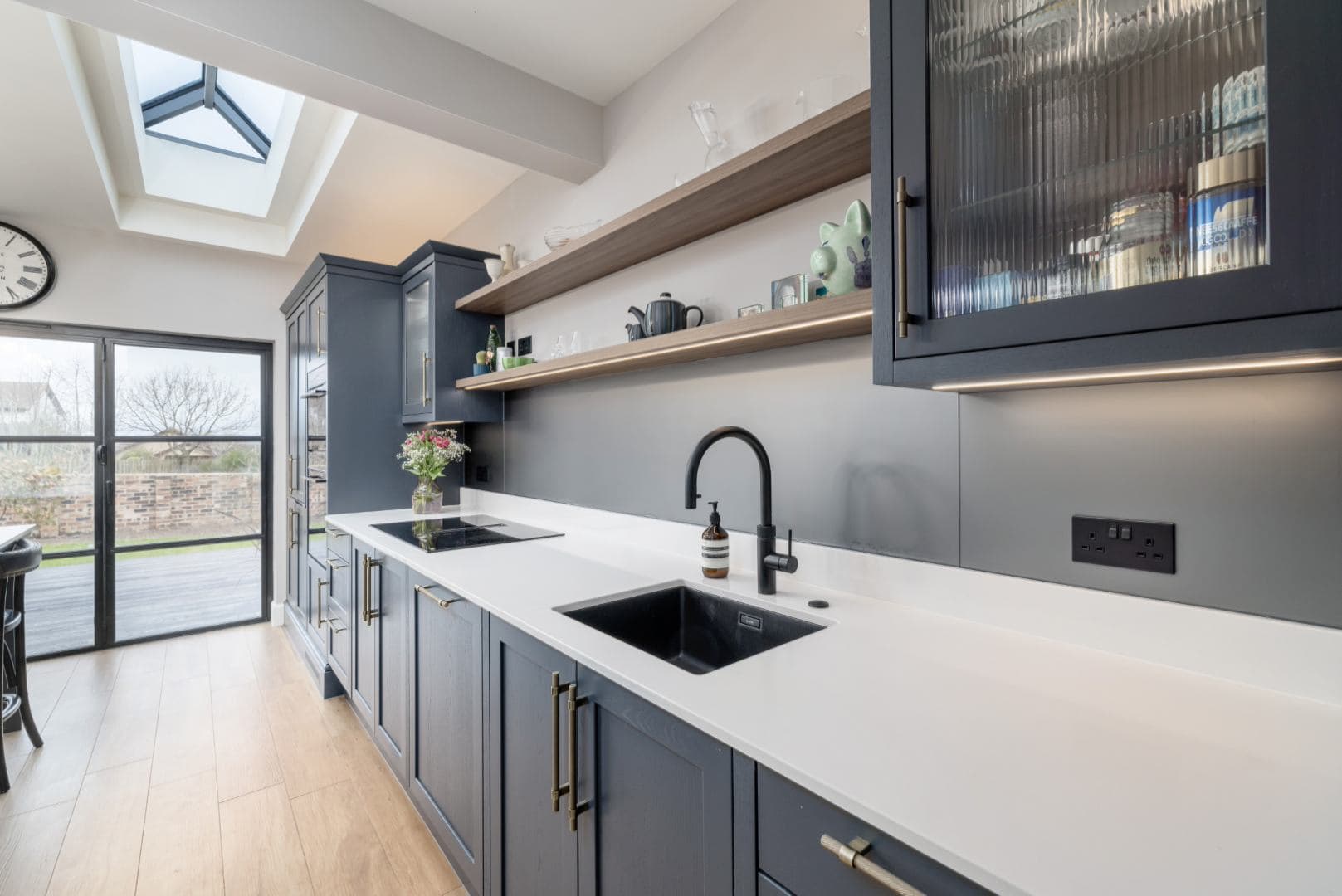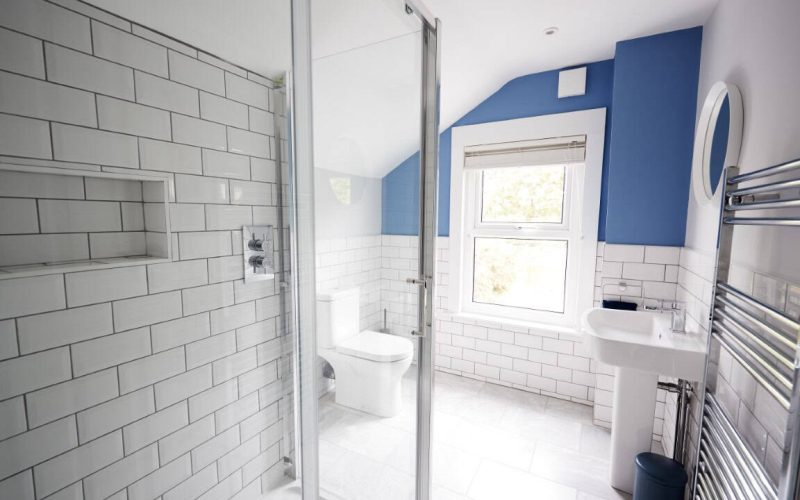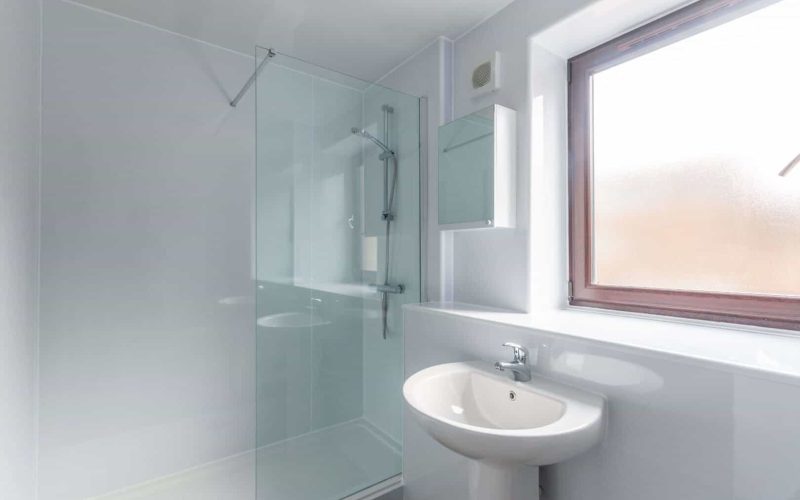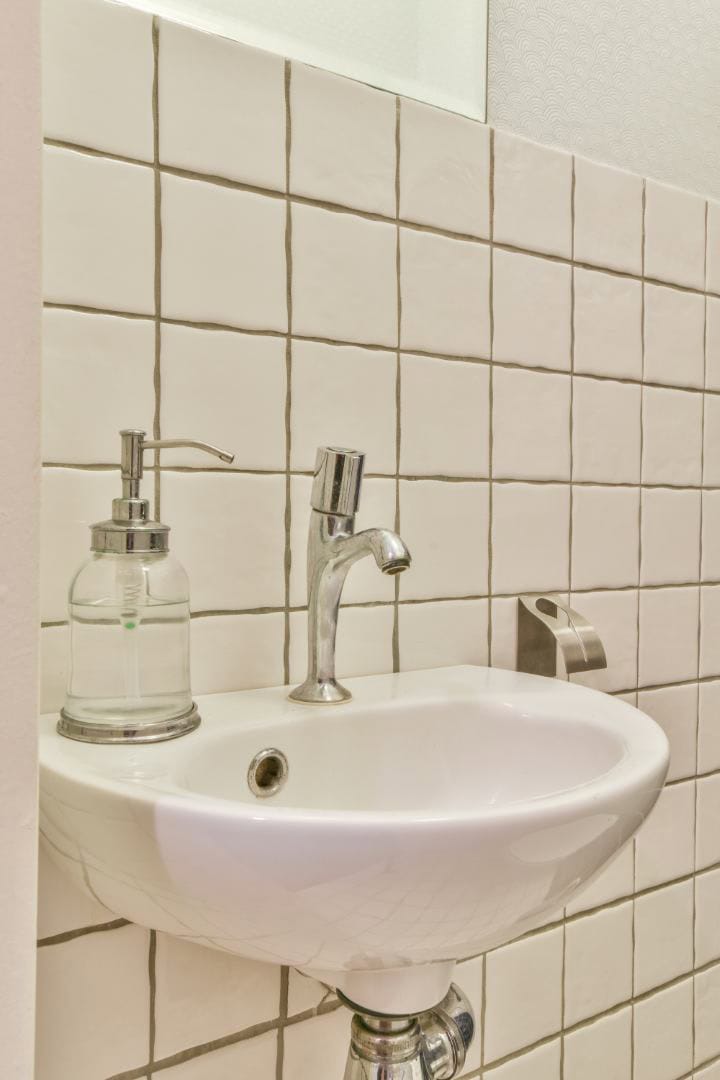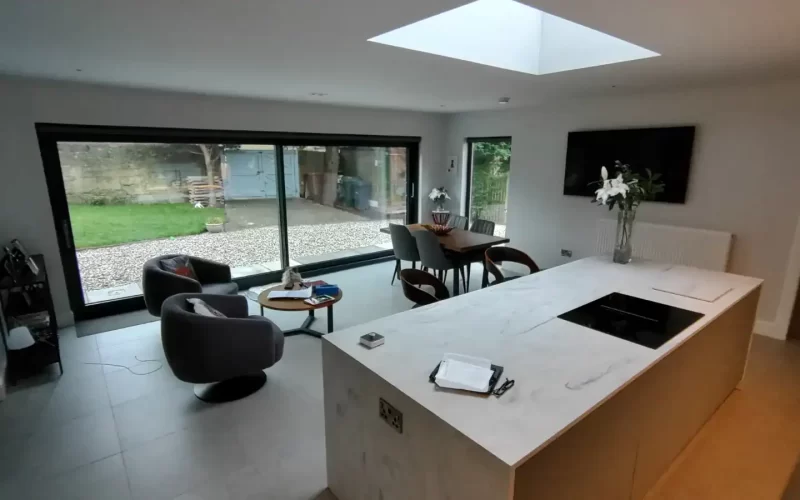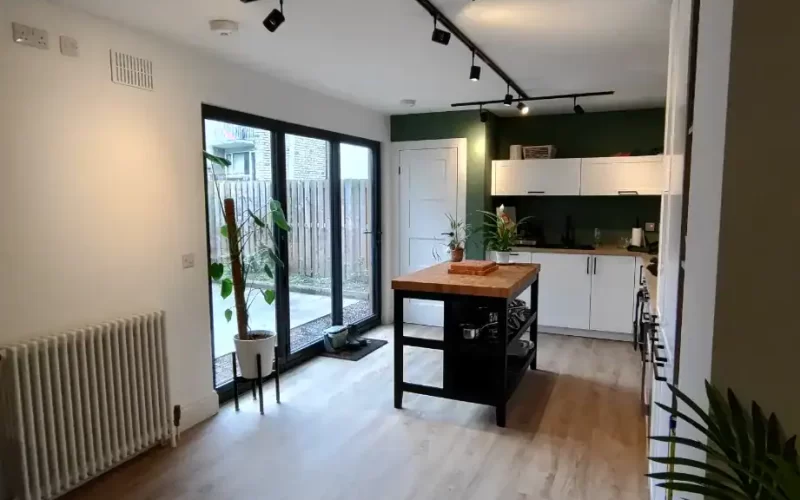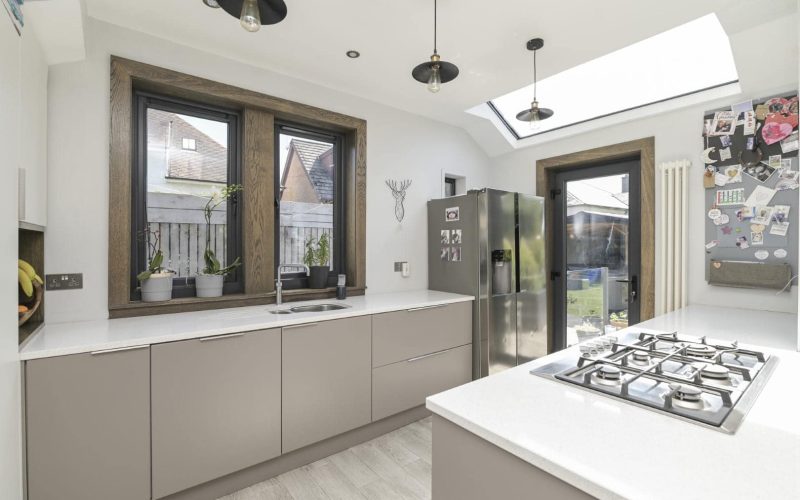Making Your Mark: A Guide to Shopfronts & Signage in Conservation Areas
Your shopfront is the face of your business; it’s your most important advert. A well-designed sign and an attractive colour scheme can draw in customers and define your brand. However, if your business is located within one of Scotland’s many Conservation Areas (as is common in Edinburgh and the Lothians), these changes are subject to strict planning controls.
Many business owners are unaware that new signage, and even a simple change of paint colour, requires formal consent from the local council.
At ABC Architecture, our experienced Architectural Designers help businesses navigate this complex regulatory landscape. We specialise in creating attractive, brand-appropriate shopfront designs that satisfy heritage requirements, ensuring your proposals get approved. This guide explains what you need to know.
Why Are Shopfronts in Conservation Areas So Strictly Controlled?
A Conservation Area is designated as an “area of special architectural or historic interest,” and councils have a legal duty to preserve and enhance its unique character.


Understanding the Key Consents
For a typical shopfront project in a Conservation Area, you will likely need one or both of the following:
Advertisement Consent
This is the specific type of planning permission required for most external signs, including:
Fascia signs (on the main shopfront)
Projecting or ‘hanging’ signs
Some types of window graphics or vinyls
The council will assess the sign’s size, design, materials, and illumination. For example, in many historic areas (like Edinburgh’s Old and New Towns), internally illuminated box-signs are often discouraged in favour of hand-painted fascia signs or discreet, externally-lit lettering.
Planning Permission (Colour Changes)
This is the ‘rule’ that most often catches businesses out. In a Conservation Area, changing the external paint colour of your shopfront is considered ‘development’ because it can affect the area’s character.
You will need to submit a full Planning Application to change the colour, even if you are not changing the sign.
Your application will need to specify the exact colours (e.g., RAL, BS, or Farrow & Ball codes) and the areas to be painted.
If your building is also a Listed Building, you will require Listed Building Consent for any alteration, in addition to the consents above, making the process even more stringent.
Crucially, in a Conservation Area, you must always secure all necessary consents before you order new signage or begin painting. Proceeding without permission can lead to enforcement action, which may force you to remove the sign and reinstate the original colours at your own cost.
The Process: How ABC Architecture Secures Your Consent
Our structured approach is designed to balance your commercial needs with the council’s heritage requirements for the best chance of a first-time approval.
1. Feasibility & Design Consultation
Vision
We start by discussing your brand identity and your vision for the shopfront.
We then conduct a site survey and provide clear, upfront advice based on the specific policies for your Conservation Area.
We can assess what is likely to be approved before you commit significant costs.
2. Design & Application Preparation
Our team prepares a full set of detailed drawings for the council. This includes:
Existing and Proposed Elevations: Showing the shopfront in context.
Detailed Signage Drawings: Specifying materials, dimensions, fixing methods, and illumination levels.
Colour & Material Specifications: Clearly outlining all proposed changes.
We then prepare and submit the formal Advertisement Consent and/or Planning Permission applications on your behalf.
3. Council Liaison and Negotiation
Application
Once submitted, we act as your agent, managing all communication with the assigned planning officer. If the officer raises concerns about the scale, materials, or colour, we are experienced in negotiating a positive outcome that works for both your brand and the council.
Why Choose ABC Architecture for Your Shopfront or Signage Project?
With over 35 years of combined experience, ABC Architecture is a trusted Architectural Design Practice serving Edinburgh, the Lothians, and the wider UK. We have extensive experience with commercial applications in sensitive historic settings.
Expert Local Knowledge
We have a deep understanding of the specific shopfront guidance and policies used by The City of Edinburgh Council, East Lothian Council, and others.
Balance of Design & Compliance
We are designers first. We help you achieve a high-quality, attractive shopfront that meets your brand needs while also satisfying the planners.
Peace of Mind
We manage the complex bureaucracy of planning and advertising consent, saving you time and protecting your business from the risk of costly enforcement action.
Clear, Jargon-Free Advice
We explain the process in simple terms, allowing you to focus on running your business.
Contact our experienced Architectural Designers today for a free, no-obligation consultation on 0131 510 8555 or via our contact form.





